From 2006 to 2009, when The History Channel was in its prime, it released Dogfights.

This aerial documentary featured animated depictions of historical dogfights, inter-spliced with interviews of the actual pilots and aviation experts who flew those missions. These episodes and segments mainly depict aerial battles in World War 2, Korea, and Vietnam. There are even episodes that focus the on Israeli Six-Day War. Eventually, the show was met its end in 2010 with a series finale special focusing on the future aircraft and what dogfights would occur look like in a future timeline.
Having run for only 2 seasons needless to say there was a lot more ground they could have covered. There were many other conflicts involving aircraft and pilots stories that are still untold but deserve recognition. So here is a list of episodes that I feel should have been covered or will cover should the series gets a revival (unlikely though it may be).
#10: The Red Baron
While the Red Barron was mentioned casually in the series there was oddly never an episode dedicated to the career of Manfred von Richtofen.
His first kill was as a rear gunner on a scout plane, then gradually we see him fight in Albatross fighters and last his famous triplane – all of them painted red to intimidate those who feared his reputation and as an invitation to those who would challenge him.
Even though there was never an episode the has been an impressive fan-made episode by YouTuber Ace Rawlings using animation from the simulator game IL-2.
#9: Zeppelin Raids of WWI
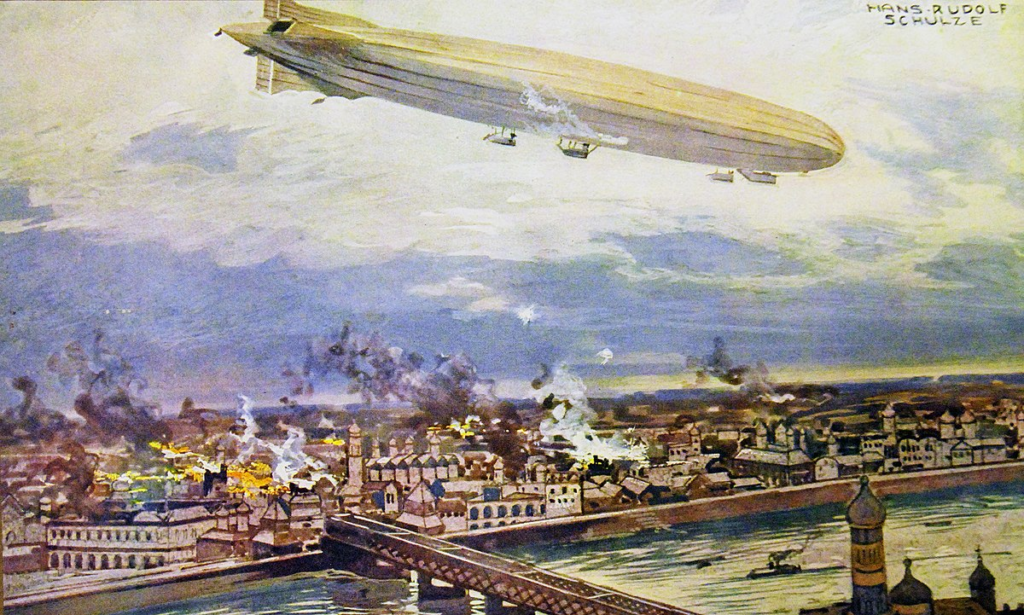
Instead of just regular airplanes fighting each other, it’s time to see zeppelins in action. After all, their missions were the first widespread usage of terror bombing in warfare.
During the first years of the war these giant, slow, and clumsy balloons were surprisingly hard to shoot down – as their hydrogen gas only combusts when mixed with oxygen and their ballasts could take a great deal of punishment without losing floatation. Moreover, it would be a change of pace to see more equipment other than just planes.
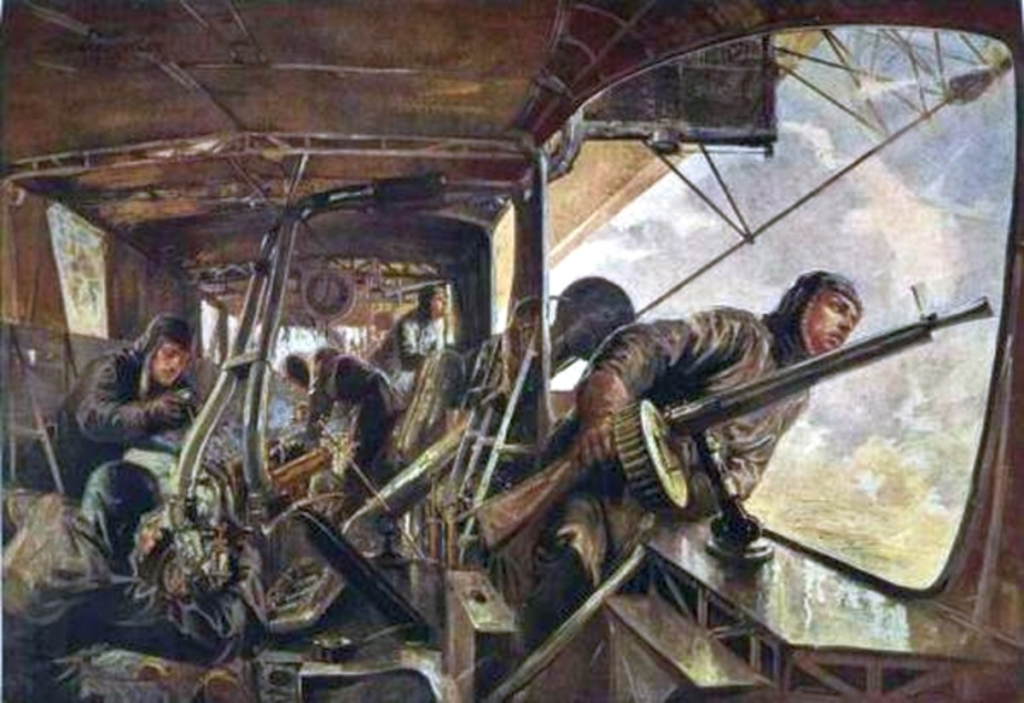
During the last year of the war, the bombing switched from bulky zeppelins to less complex fixed-wing aircraft like the twin-engined Gotha and the massive Staaken R.VII. This created something of a foreshadowing of tactics of the next war 30 years later.

#8: The Spanish Civil War
The Spanish Civil War of 1936-1939 is a glossed-over point in history but is significant in the evolution of warfare.
This war was largely used as a test bed for both Hitler and Stalin for new tactics and technology as the two powers as Spain’s domestic conflict turned into their proxy war. This conflict provides an opportunity to depict aircraft during the interwar period used by both the Spanish Republicans and Franco’s Nationalist forces. General Franco’s Nationalist rebels were backed by Germany and Italy while The Republicans were backed by the Soviet Union though in a more limited capacity.
The fascinating part about certain bombers like the early model Henkel 111 was they were built originally as airliners to get around arms limitations treaties that can be conveniently converted for bomber use.
Many of the fighters of that time were all-metal biplanes but this was the debut of the several monoplane designs like the Soviet I-16 this was also the debut of Luftwaffe’s most notorious fighter the Bf-109 used by the Germans in Franco’s Condor Legion. Imagine seeing the old technology clash with the new.
#7: The Battle of Britain
Out of all the events that the original Dogfights chose to cover, it is a crime that they didn’t depict Britain’s lone stand against the Luftwaffe.
The Battle of Britain – also known as “The Blitz” – was Nazi Germany’s relentless bombing campaign against the British mainland following their disastrous rout from France in 1940. There were many British pilots that made their mark in Hurricanes and Spitfires as they were deployed around the clock to intercept German bombers over the whole country.
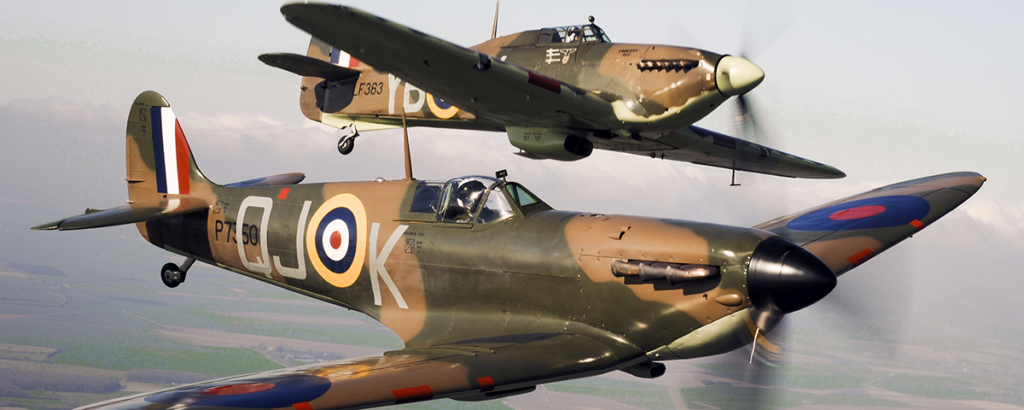
Pilots came not only from the home isles, but from Canada, South Africa, and Australia as well. There were also pilots from the free Polish and French forces – as well as the American volunteer Eagle Squadron.
Another thing to delve into was the weakness of the Germans is the lack of a heavy bomber fleet as their Henkle and Junker planes cant carry a large enough payload. This was also the first time ground-based radar was used to detect incoming night raids. The battle of Britain was essentially a draw as it only ended when Hitler looked east to invade Russia.
#6: The Red Air Force

There was a very uneven match when Hitler invaded the Soviet Union in 1940. The Red Air Force at that time was armed with largely obsolete aircraft. Stalin’s purges of the military have stymied aircraft development Even the more modern fighters at the start of the warlike the Mig 3 were inferior to the Luftwaffe and its experienced pilots. Many of which were destroyed on the ground during the first week of the war.
Still, Soviet pilots using whatever planes were available put up a heroic resistance with whatever aircraft was in their fleet. Their main fighters at the start were obsolete I-16s and their biplane 1-15 predecessors. As the war went on more advanced aircraft like the Yak-9 and the La-5 took over.
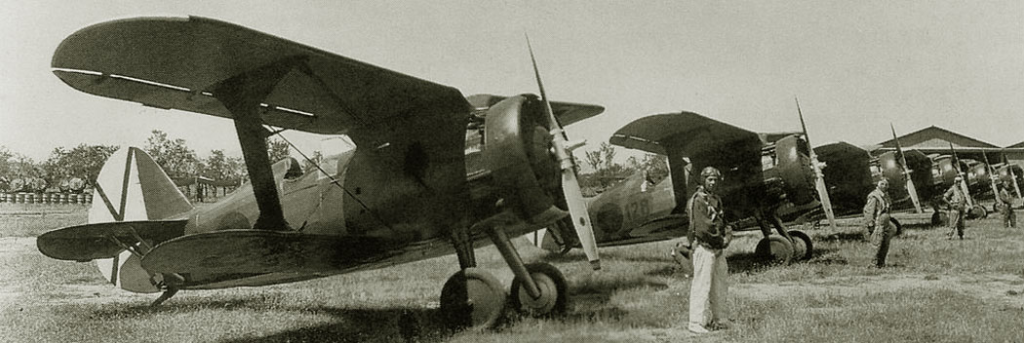
It would also be interesting to see soviet pilots fly planes like the American P-39 Airacobra, a plane detested by American pilots, but was used effectively by the Soviets including the 2nd highest scoring Ace Aleksandr I. Pokryshkin.
There were also plenty of women that flew in the red air force that also became aces like Lydia Litvyak. One notorious all-female squadron was known as the night witches who flew seemingly obsolete Po2 biplanes during night missions. While over their targets they cut their engines guiding bombing german positions. It is said that the Germans could hear the pilots laughing like witches overhead hence the name.
#5: The Multi-National Career of Finnish Ace Ilmari Juutilainen

Throughout WWII There have been many famous fighter aces (those who shot down more than 5 planes) from both sides. however, what is not mentioned are aces made by other countries on the relative sidelines.
One of the highest-scoring aces during WWII wasn’t from the Allies or Axis (not officially) but from Finland. Starting with his kill streak during the Winter War in 1939 and the Continuation War in 1944, Juutilaninen would become the pilot equivalent of sniper Simo Haya, racking up to 126 kills. Juutilainen flew a series of aircraft from fixed gear Fokker D.21s, to the discarded American-built Brewster Buffalo, eventually ending his career flying the iconic Bf 109s.
It’s been said that not once was his plane ever hit by bullets, but I’m willing to believe that’s propaganda but think of it as inspiring propaganda like the “Ghost of Kyiv” today.
#4: The Last Dance of The Propellor Fighters (Korean War)
There were several episodes of Dogfights that portrayed the Korean War. This was a significant moment in aviation since it was the first conflict between Jet fighters. Most notably the American F-86 Saber and the Soviet-built MiG-15. There were even reports of cases involving Americans facing Russian pilots in aerial dogfights.
This was also the last war to feature propellor-driven aircraft in large numbers. American Mustangs and Corsair Pilots were mainly regulated to ground attack, but they have been used as fighters to shoot down older aircraft flown by North Koreans early in the war. In fact, the first aerial victory was achieved with a heavy fighter called an F-82 Twin Mustang that was literally built with 2 p51 airframes welded together. It would be a missed opportunity not to cover that airplane in action.
The Korean war was the last hurrah for this era of aviation that was made famous by World War II. Their missions deserved to be told just as much as those that flew jets. One particular story that can be discussed is Jesse L. Brown one of the first African American navy pilots to complete basic flight training. Or Lt. Guy Bordelon who shot down a MiG-15 during a night op. These were stories that have not been recognized mainly because the Korean War was largely a side note in modern history despite the factions involved.
#3: Tomcat Terrors (Iran-Iraq War)
One of the faults of Dogfights is that it is very one-sided focusing solely on the American’s point of view. Often the idea is that Americans can only relate to people who share the same nationality which is a condescending way to view your audience. There are numerous conflicts involving aircraft that don’t get recognition perhaps it is time to follow conflicts other than just World War 2.
It is really hard for an outsider to route during the Iran-Iraq War as it was fought between a sadistic dictator on one side and a rabid theocracy on the other. However, the amount of courage and resilience that Iranian pilots have placed in aviation history.
First off it’s amazing that the entire air force survived a near-mass purge after being imprisoned by the Ayatolla’s revolutionary forces after plotting a coup. In fact, it was this grounding of Iran’s air force that convinced Saddam to invade. When the invasion started those very same pilots were immediately released and compelled to defend the very regime that arrested them to protect their country from Saddam’s forces. It was clear to those pilots that indeed many Iranians were fighting to defend their country was more important than the revolutionary government.
That can especially be said with Iran’s air force which was state of the art with American-built Cobra Gunships, F-4 Phantoms, and most notably F-14 Tomcats. As the war dragged on sanctions and lack of spare parts have caused the Iranians to cannibalize their American aircraft for spare parts. Sometimes they would fly their planes without the sophisticated radar onboard. The highest scoring tomcat ace of that war Jalil Zandi with 11 aerial victories credited. You’re certainly not going to see their exploits on Top Gun, you know because they were fighting for a theocracy not endorsed by the western powers.
#2: Axis Aces

It is a very controversial territory to depict anyone fighting for the Axis and being neutral considering the political climate we live in is no easy task. It can be done well if they depict some level of their personal lives the audience can connect.
Indeed the highest scoring aces in history like Japanese pilot Saburo Sakai, make the Red Baron’s scores look like tokens. 3 of the highest scoring aces of the war were from the Germans, some of them flying combat missions since the Spanish civil war. A few of them like Heinrich Bar had the opportunity to fly the first jet fighters into combat. The highest scoring ace of the war indeed of all history is Erich Hartmann shooting down 352 aircraft.
As well as depicting their actions I feel it is important to discuss this axis who survived the war and worked to restore their lives and countries’ reputations. After the war, Saburo Sakai would become a Buddhist vowing never to take another life, and even met a few American pilots he shot down Like rear gunner Harold Jones whose plane blinded him in one eye.
Erich Hartmann would be imprisoned by the Soviets before being released in 1955. He would find his way to West Germany and would go on to command the first all-jet unit in the West German Airforce. They may have fought on the side of the Nazi regime but that shouldn’t stop us from showing their stories.
#1: The Ghost of Kyiv (Russo-Ukrainian Conflict)
The current war in Ukraine is a unique conflict in terms of aviation as both sides use similar hardware. Ukrainians fly older MiG-29s and Su-27s While Russians fly more advanced aircraft from the same family. The difference is despite the Russian airforce far outnumbering Ukrianes their pilots have had fewer flight hours. Corruption and political loyalties Have also weekend their effectiveness. Considering that this is an ongoing conflict it may not be appropriate to make an episode dedicated to the Russian invasion and Ukraine’s resistance. Otherwise, it could come across as exploitative propaganda.
However, it is impossible not to bring up the pilots that have shown heroism to the point of reaching legendary status in such a short amount of time. For the first time since the gulf war, fighter aces (pilots over 5 kills) are being made. The most publicized of them is the “Ghost of Kyiv” who supposedly shot down 6 Aircraft while defending the airspace around the Ukrainian capital. Subsequent reports confirmed however that “The Ghost” was an amalgamation of several pilots who flew the same individual aircraft.
Nevertheless, other pilots have made great sacrifices to protect Ukraine’s skies. One of those real pilots is Oleksandr Oksanchenko known by his peers as the “Grey Wolf” and retired in 2018. Then when the invasion started in February 2022, he flew his Su-27 once again at the age of 53. The former soviet pilot reportedly shot down several Russian aircraft during the early days of the war. He would sadly be shot down on Feb 25th, but people like him symbolize the resolve of the Ukrainian people as this was being fought by people young and old.


